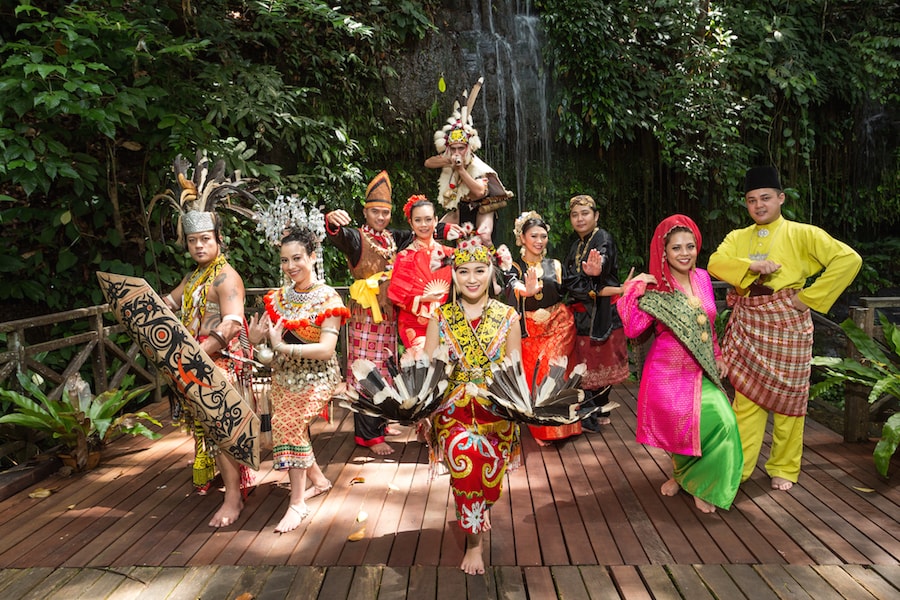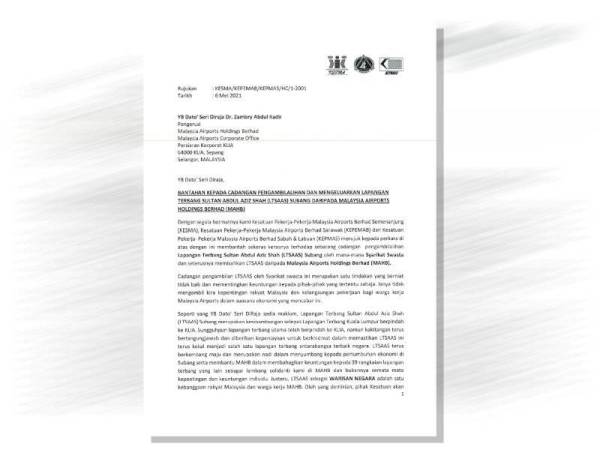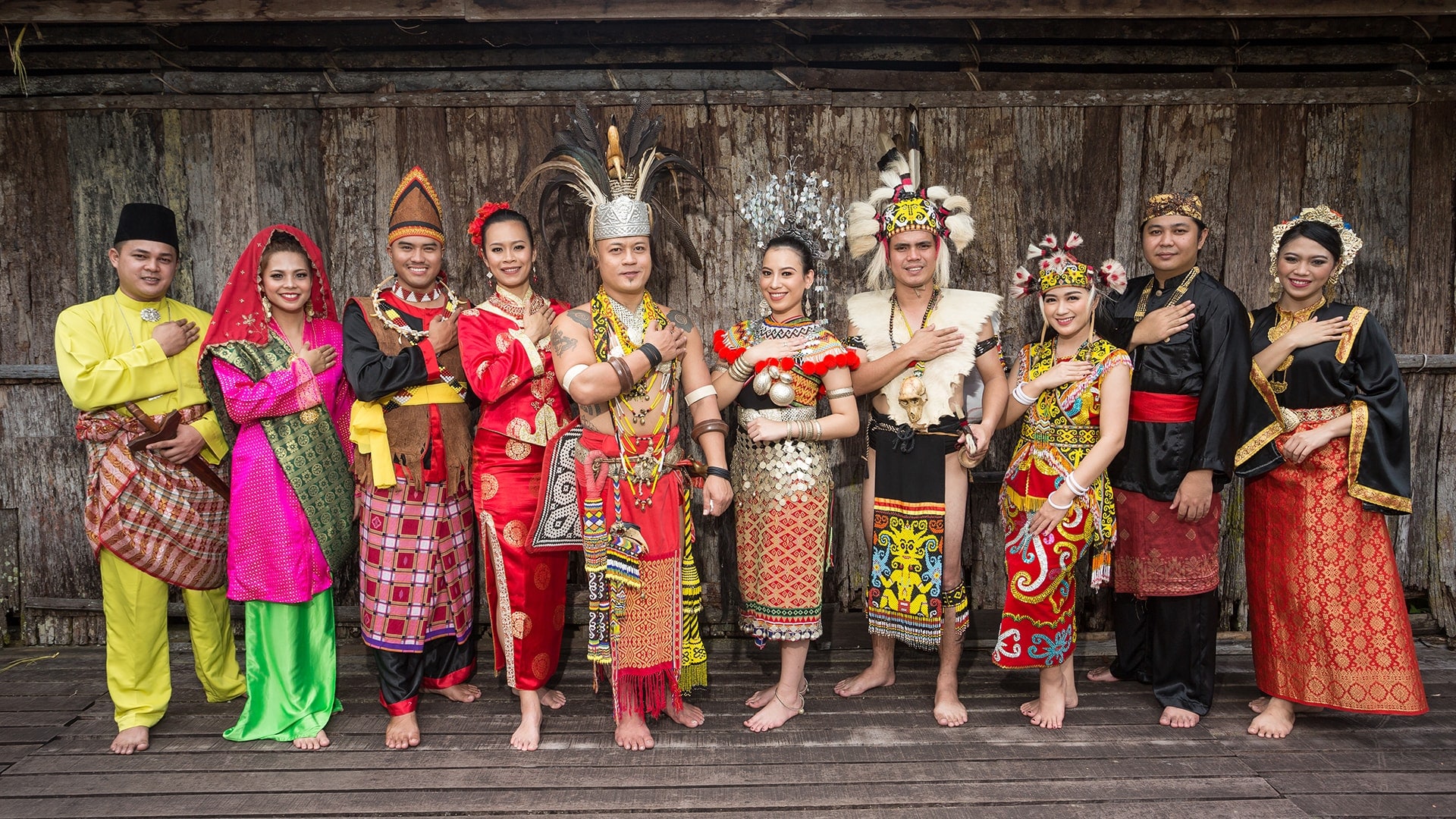
Experience Sarawak in Half-a-Day at Sarawak’s only Living Museum
Sarawak Cultural Village is an award-winning Living Museum that spans across 17-acres of land just across from Damai Beach Resort and Hotels. Experience Sarawak in Half-a-day at Sarawak Cultural Village and learn about the local culture and lifestyles of the various ethnic groups in Sarawak.
At Sarawak Cultural Village, there are replica buildings representing every major ethnic groups in Sarawak mainly the Bidayuh, Iban, Orang Ulu, Penan, Melanau, Malay & Chinese. All buildings are staffed with members of the ethnic groups in traditional costume and carrying out traditional activities. The staffs act as storytellers who describe and interpret our way of life. They will happily pose with you for photos too!
Sarawak Cultural Village also has an award-winning dance troupe that will entertain you with our multi-cultural dance performance in our Village Theatre twice a day. Our cultural show runs twice a day at 11.30 am and 4 pm.
Bidayuh Longhouse
One would be welcomed to a round head-house with bamboo galore and carvings known as the Barok. The Barok functions as the congregation place for the Bidayuh warriors and is filled with gongs, war drums, weapons and wooden masks. The Barok is connected to the longhouses resided by the Bidayuhs- a group comprising of Jagoi, Biatah, Bukar-Sadong, Selakau and Lara. Get ready to experience the rhythm of Bidayuh’s rural activity such as sugar cane crushing, paddy pounding and winnowing rice.
Iban Longhouse
Climb up a notched log that serves as a staircase and find yourself on an open verandah facing the Iban traditional longhouse built of axe-hewn timber, tied with creeper fibre, roofed with leaf thatch. Here, you would be swept into the joyous atmosphere of the Iban Longhouse, entertained drums and gongs, Pua weaving, Kuih Jala, Kuih Chap, hanging skulls carrying tales of days gone by. By chance, you would also be invited to sit down on a mat for a chat with the longhouse elder.
Orang Ulu Longhouse
The Orang Ulu Longhouse is built some feet above the ground amidst lush tropical greenery filled with musical instruments that could produce unique and beautiful musical tunes. Here, one would be mesmerized by the skills of the Orang Ulu ladies doing intricate beadwork and also serenaded by the melodiously haunting tune of both Sape and Jatung Utang (stringed musical instrument). Other sights of interest include the art of body tattooing, Parang Ilang (fighting sword) and Kelireng (totem pole).
Chinese Farmhouse
Unlike local dwellings, the Chinese farm house is built at ground level with doorpost divinely protected by the application of strips of red paper, inscribed with protection verses. The floor is made of trodden earth, the walls of whitewashed sawn timber. The roof is thatched with leaf attap. The house is divided into two main parts; the main room and the bedroom. One of the focal point of the main room is the household shrine. Outside the house is the pepper garden – a sight not to be missed.
Melanau Tall House
The Melanaus build massive house forty feet above the ground as traditionally, they lived near the sea and would need to protect themselves from pirates. Climb the first staircase of the Melanau Tall House to reach the first floor which displays the tools and utensils used by the Melanaus. There is a second staircase that would lead to the bedroom models. Be entertained by tall tales of spirits and demons at the Melanau Tall House. Watch the step-by-step processing of sago and taste the finished products- Sago pearls and biscuits.
Malay House
The wooden Malay House is a gracious structure, well adapted to the tropical climate. It is built on stilts and you reach the house by climbing up a staircase. The front room is an area designated for the men, official occasions and the entertainment of guests. Windows cut down to floor level admits breeze for the seated people. Much artistic skill is lavished on the decoration of the stair and window railings, fascia boards under the eaves as well as the ventilation grills above or beside doorways. Take a breather in its hospitable surroundings to join in the many traditional games on demonstration here, such as Gasing (top spinning) and Congkak (a traditional Malay board-like game).
Penan Hut
Penan shelters are quickly constructed to last for a few weeks or months. They are sited near a good stand of wild sago trees, the Penan’s staple food; after this has been used up, the family moves on. Penan’s specialty is the manufacturing and accurate use of blowpipes. At the Penan Hut, you have the opportunity to watch the art of blowpipe making. Also, seize the chance to try blowpipe shooting with the Penans, the last of the hunters and gatherers – the forest nomads. Penan warrior’s advice to the visitors is, “Do not blow from your mouth. Blow from your chest and your stomach.”
Learn more about Sarawak Cultural Village Click Here











